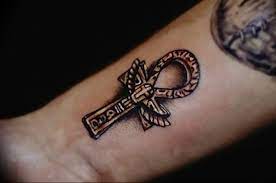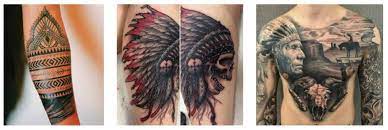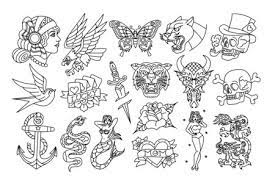
The Ankh is an iconic symbol representing life and immortality. It is often paired with characters like the pentagram, yin/yang, or Eye of Horus. The Ankh, also known as the Key of Life, represents the journey toward truth and happiness.
Meaning
The Ankh is a universal symbol of life, cosmic balance, and the endless cycle of life. It can be combined with other hieroglyphic symbols for more profound interpretations. Ankhs are often used in jewelry to symbolize protection and healing, such as pairing it with the Eye of Horus or Ouroboros.
In Egyptian culture, the Ankh represents eternity and is believed to determine one’s eligibility for eternal life. It is also seen as a symbol of power and authority.
Origins
The Ankh is a prominent symbol in Ancient Egyptian art and literature. It was commonly featured in hieroglyphics and artwork, and its popularity spread to other cultural aspects. The Ankh symbolizes life and can be combined with other elements for greater significance.
Ankhs were also associated with female fertility and were placed in tombs to assist souls in transitioning to the afterlife. People get Ankh Tattoos to represent their beliefs or as inspirational and symbolic signs.
Symbolism
The Ankh is an iconic Egyptian symbol representing life and immortality. Egyptians believed it was a key to accessing their gods after death. Ankh Tattoos may also symbolize fertility and good fortune. It is a symbol of resurrection and was often found in Egyptian tombs.
Placement
The Ankh is an attractive choice for tattoos, symbolizing life. It can be incorporated into other designs or worn alone to represent eternal existence. Egyptian symbols like Horus’ eye, sun, and moon designs can add further symbolism.
Tattooing an Ankh on the belly is a popular way of showing love for oneself and celebrating joyous living. It can also symbolize hopefulness and serve as a reminder to pursue goals. Ankh Tattoos can be placed on arms or thighs, with thigh Tattoos often combining fertility symbols.

